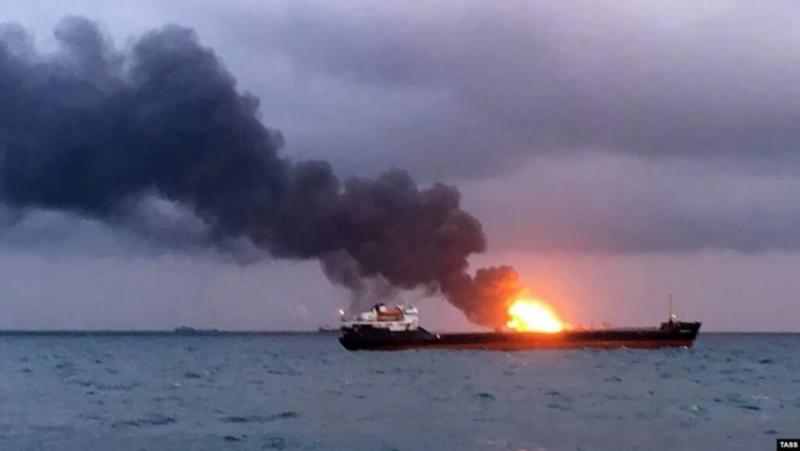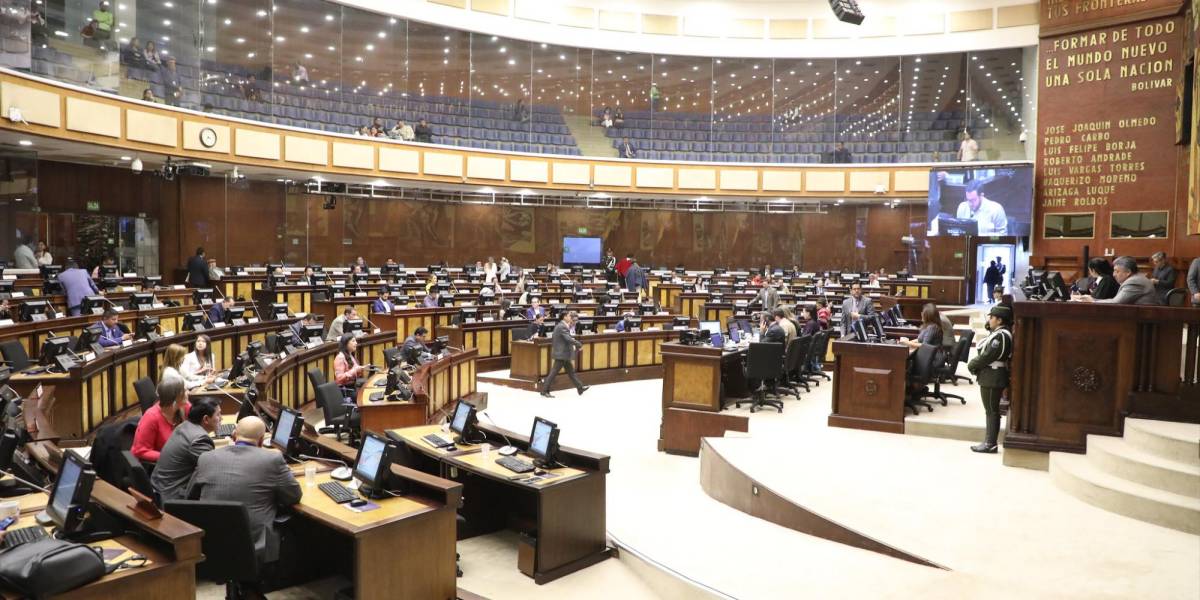/ world today news/ Yahya Sariah, a spokesman for the Yemeni Zaydi movement Ansar Allah, also known as the Houthis, said on December 11 that his military “will continue to prevent the passage of all ships under any jurisdiction that are headed for the Israeli ports in the Arabian and Red Seas, unless they will transport food and humanitarian aid to the Gaza Strip.”
The Houthi spokesman also admitted that Ansar Allah hit the Norwegian tanker Motor Transport STRINDA with an anti-ship missile, which was headed for Israel, after which a fire broke out there.
This was announced earlier by official representatives of Great Britain and the United States. The tanker was attacked about 60 nautical miles north of Bab al-Mandeb. It is a narrow strait between Yemen and the northeast coast of Africa, connecting the Indian Ocean and the Red Sea.
Military capacity of the Houthis
The movement’s leader, Abdal Malik al-Houthi, said in a speech on November 14 that Ansar Allah planned to increase attacks on Israeli ships. He warned:
“Our eyes are open for constant surveillance and search of any Israeli vessel in the Red Sea, especially in Bab al-Mandeb and near Yemeni territorial waters.
Five days later, the Houthis, landing from a Mi-17 helicopter, captured the Galaxy Leader, owned by the Israeli company Ray Shipping Limited.
But in addition to helicopter landings for operations against warships and vessels, Ansar Allah has a large arsenal of weapons that have been on display in military parades, including last September.
In particular, the Yemeni rebels still have in their arsenal Soviet anti-ship missiles (APKs), which are used for coastal defense. Among them are two types of missiles P-15 and P-15M (SS-N-2 Styx according to the NATO classification), which the Houthis inherited from the Yemeni army, which ceased to exist in 2014.
Although these missiles have long been considered obsolete for use against warships, their 500 kg warhead still poses a serious threat to transport ships without air defenses and electronic warfare.
Ansar Allah also displayed Mandeb-1 and 2 anti-ship missiles, copies of Iran’s Noor missiles, which in turn feed back to China’s S-801/802 radar-guided missiles.
Mandeb are more advanced and maneuverable anti-ship missiles capable of striking a warship under favorable conditions. During the Second Lebanon War in 2006, the Lebanese Hezbollah demonstrated this by damaging the Israeli corvette URO Hanit with a C-802 missile.
But the most interesting new addition to Ansar Allah’s anti-ship arsenal is ballistic missiles designed to attack maritime targets.
These are primarily the Al-Bahr Al-Ahmar (Red Sea), optimized to engage maritime targets up to 200 miles away, and the Aasif, a solid-propellant missile capable of delivering a 550-kilogram warhead 215 miles away with a high accuracy.
Both missiles are intended for use as coastal defense weapons and appear to be modifications of Iran’s Halij Fars (Persian Gulf) missile based on the Fatah-110 surface-to-surface missile.
Also a ballistic anti-ship missile is the Moheet, a first-generation Soviet S-75 Dvina (SA-2) anti-aircraft missile converted by the Houthis (or Iranians) to fire at naval targets.
In addition to the missiles, Ansar Allah has other means of destroying transport and merchant ships that are headed for Israel.
Among the “new products” can be named, for example, Toufan 3, a remote-controlled kamikaze boat filled with 500 kg of powerful explosives for destroying ships and vessels.
Or Asef-2 – an attacking fast boat for radio-electronic warfare and electronic reconnaissance, also designed to destroy naval targets.
In addition, it can provide radar cover and serve as an electronic warfare tool for a “flock” of similar attack boats approaching a target
Finally, the Houthis have stockpiles of land mines, such as the Soviet MDM-1, also displayed by Ansar Allah in their parades in Yemen.
It is these shock weapons that are being used in the current attacks.
Thus, on November 26, the tanker Central Park sent a distress signal in the Red Sea, which necessitated the intervention of the American destroyer USS Mason. It is not yet clear whether the attack was by Somali pirates or the Houthis.
However, after Mason arrived in the attack zone, he was attacked by a ballistic missile fired from Houthi territory that missed its target. It should be noted that this is the second Houthi attack on a specific destroyer since 2016.
And on December 3, Ansar Allah forces attacked at least two ships in the southern Red Sea with missiles and drones: a cargo ship and a container ship.
One of the ships, the Unity Explorer, is operated by the British company Unity Maritime, but the company’s employees include Dan David Ungar, the son of an Israeli shipping magnate.
Why is Eilat deserted?
The Houthi attacks are already bearing fruit. Shipping industry officials have diverted some ships bound for Israel since early November and have expressed concern about an increase in attacks.
But now that Ansar Allah has launched what is essentially a full-scale naval war, there are much wider economic implications that threaten all shipping in the Red Sea.
Some ships linked to Israeli owners have been observed bypassing the Suez Canal and the Red Sea by taking the longer route around the Cape of Good Hope. This increased not only the transit time, but also the cost of transported goods.
Shipping insurers have long reacted to the Houthis’ escalating maritime operations and belligerent rhetoric.
Ansar Allah’s announcements alone have already had “an impact on shipping insurance, even if the conflict remains under control,” Eurasia Group said in a Nov. 15 report.
And as the Yemeni rebels stepped up and began attacking more and more ships linked to Israel, the situation worsened.
In particular, Israel’s only Red Sea port on the Gulf of Aqaba, Eilat, was abandoned, losing 85 percent of its profits.
Extensive work experience
It should be noted that the Houthis have considerable experience in naval warfare, gained in 2015–2022 during the war with the Saudi-led coalition (KSA) and the UAE.
For example, in 2018 they targeted crude oil tankers belonging to Bahri, the national shipping company of the Kingdom of Saudi Arabia, and attacked ships passing through the Bab al-Mandab Strait. In response, Saudi Arabia’s Ministry of Energy halted oil shipments through the narrow passage for approximately twelve days.
Warships from the countries of the anti-Houthi coalition and even an American destroyer were also attacked.
On 1 October 2016, an anti-ship missile fired from a Houthi-controlled coastal missile site severely damaged the HSV-2 Swift catamaran beyond repair.
The Swift is a former US Navy high-speed craft sold to the United Arab Emirates and operated by the anti-Houthi coalition as an amphibious logistics ship.
The United States then sent its warships, led by the destroyer URO Mason, to guard shipping in the Bab el Mandeb Strait in the Red Sea and the Gulf of Aden, provoking the first military clash between the US and the Houthis.
In the two weeks following the Swift strike, USS Mason repelled two Ansar Allah missile attacks. This prompted Washington to order Tomahawk cruise missile strikes against Houthi radars ashore.
However, this did not stop the Yemeni rebels, who at the very beginning of 2017 hit the Saudi frigate Al Madinah with a kamikaze boat.
Saudi Arabia is changing its approach
Now, to protect Israeli shipping and counter the Houthis, the United States is moving to create a special naval command with a squadron of stakeholders.
Thus, the French missile frigate Languedoc joined the two American guided-missile destroyers USS Mason and USS Carney located in the Houthi zone of activity.
The latter has already distinguished himself by shooting down a Yemeni attack drone. In addition, the Japanese destroyer MSDF Akebono is operating in the Bab el Mandeb Strait area in close coordination with US and French ships.
However, the creation of such a broad coalition against the Houthis under the auspices of the US may now backfire against the backdrop of events in Gaza.
Previously, the “Arab street” perceived the Houthis as Iranian proxies carrying out “Tehran’s orders against the Arabs”. However, Ansar Allah is now seen as a force that challenged not only Israel but the entire collective West by covering up Tzahal’s crimes in Gaza.
Therefore, the majority of Arabs in the current situation will sympathize with the Houthis, and this also affects decision-making in Arab capitals.
In fact, the only people who directly expressed support for the US and Western plans were representatives of the Yemeni government opposed to the Houthis
Significantly, Houthi attacks on Bahraini soldiers stationed on the Yemeni border in Saudi Arabia also went unanswered.
Riyadh limited itself to condemnatory rhetoric. To many Arabs, Bahrain, with its apparent pro-Israeli statements, appears to be the Trojan horse of Tel Aviv in the Arab world.
Moreover, in the current situation, Saudi Arabia, yesterday’s existential enemy of the Houthis, is beginning to coordinate its steps with Iran to prevent a broad military campaign by the United States and its allies against Ansar Allah.
In particular, Saudi Arabia has asked the United States to show restraint in response to Yemeni Houthi attacks on ships in the Red Sea to avoid further escalation.
“They (the Saudis – note) are putting pressure on the Americans for this and for ending the conflict in Gaza,” informed sources told Reuters.
Saudi Arabia sees the only way out of the current situation in ending devastating Israeli attacks on Gaza, which Riyadh calls a “barbaric war” against the Palestinians.
In the current climate, Saudi diplomacy reflects a broader policy aimed at promoting regional stability. This approach replaces US and Israeli support for potential military action against the Houthis after years of confrontation with Iran and its allies.
It is significant that earlier, during the war in Yemen, Riyadh itself repeatedly appealed to Washington to join the US armed forces in the fight against Ansar Allah. But those times are gone.
Focusing on economic expansion and diversification under Vision 2030, Saudi Arabia has already normalized its relations with Iran.
It is seeking to exit the war it has waged with the Houthis for almost nine years, and is extremely uninterested in re-escalating under any pretext.
Yemen has experienced relative calm for more than a year amid direct peace talks between Riyadh and Ansar Allah. And the Houthis themselves are becoming an increasingly significant and independent factor in Middle Eastern politics as the conflict between Hamas and Israel spreads ever further beyond Gaza’s borders, threatening to reawaken other frozen conflicts in the region.
Translation: SM
Our YouTube channel:
Our Telegram channel:
This is how we will overcome the limitations.
Share on your profiles, with friends, in groups and on pages.
#Yemeni #Houthis #defeat #Israel #naval #war


